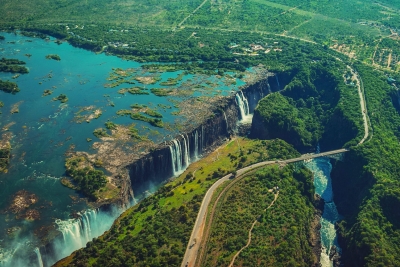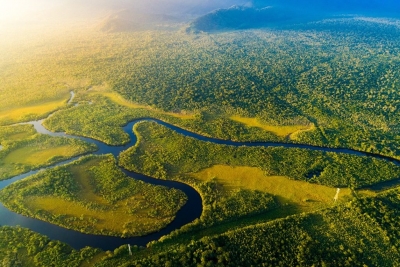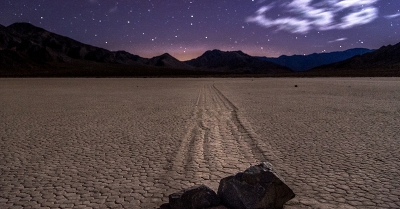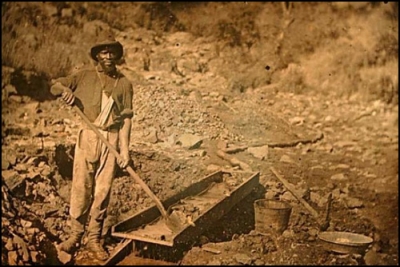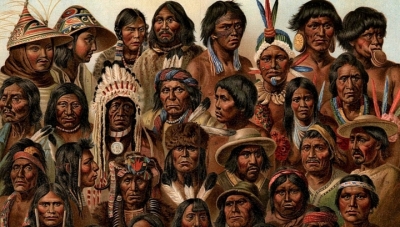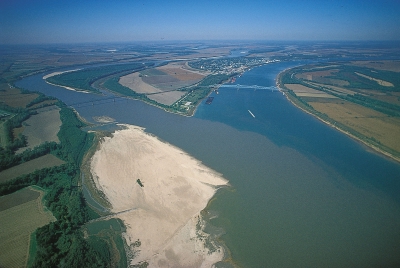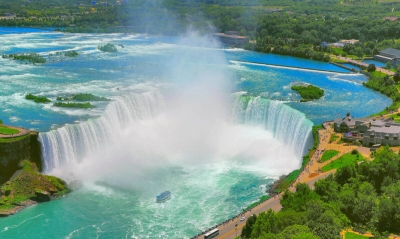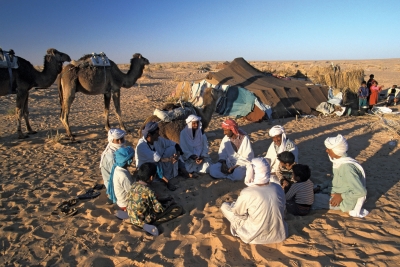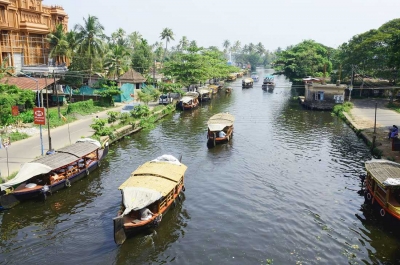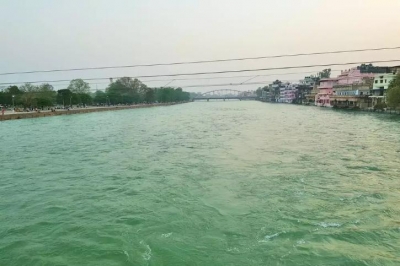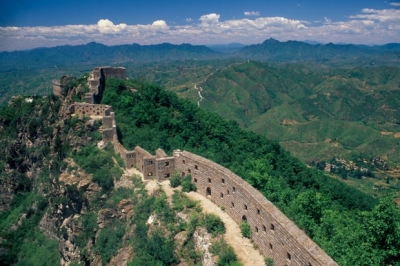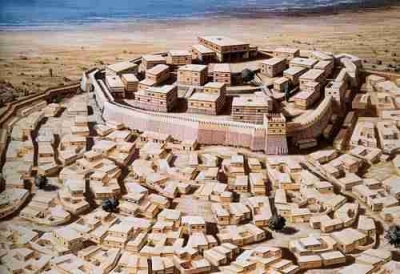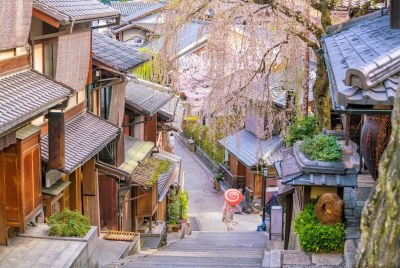Where the religious festival of Ramadan is celebrated?
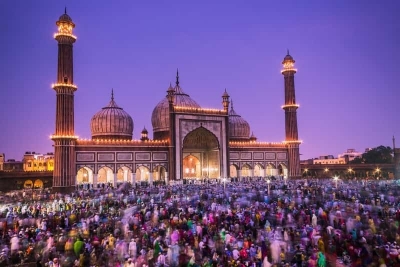
Fasting is an important part of the religion of Islam practiced by Moslems. The fast takes place during a period known as Ramadan. This is a lunar month, or twenty-eight days, before the time of the pilgrimage to Mecca. This month was chosen because it was then that ‘the Koran was sent down as guidance for the people’.
According to the Koran, during Ramadan all Moslems who have reached the age of reason must not eat or drink between dawn and dusk.
African Moslems also practice Ramadan very carefully. In the city of Fez, for example, where there is a famous Arab university, students are excused work during Ramadan so that they can pray and mediate.
In Tunisia Ramada is observed with great solemnity during the fourteenth and twentieth days. Government ministers take part in the religious ceremonies. The Libyan people also observe the fasting period with great solemnity. In Senegal, in western Africa, there are many practicing Moslems. Only special cases are allowed to break the day-long fasts. These include the very young, the old, the sick and people who are travelling.
Ramadan ceremonies are very impressive and sometimes last for several days. They usually take place towards the end of Ramadan to bring this month to a fitting conclusion. This day is called ELD.
Picture Credit : Google
